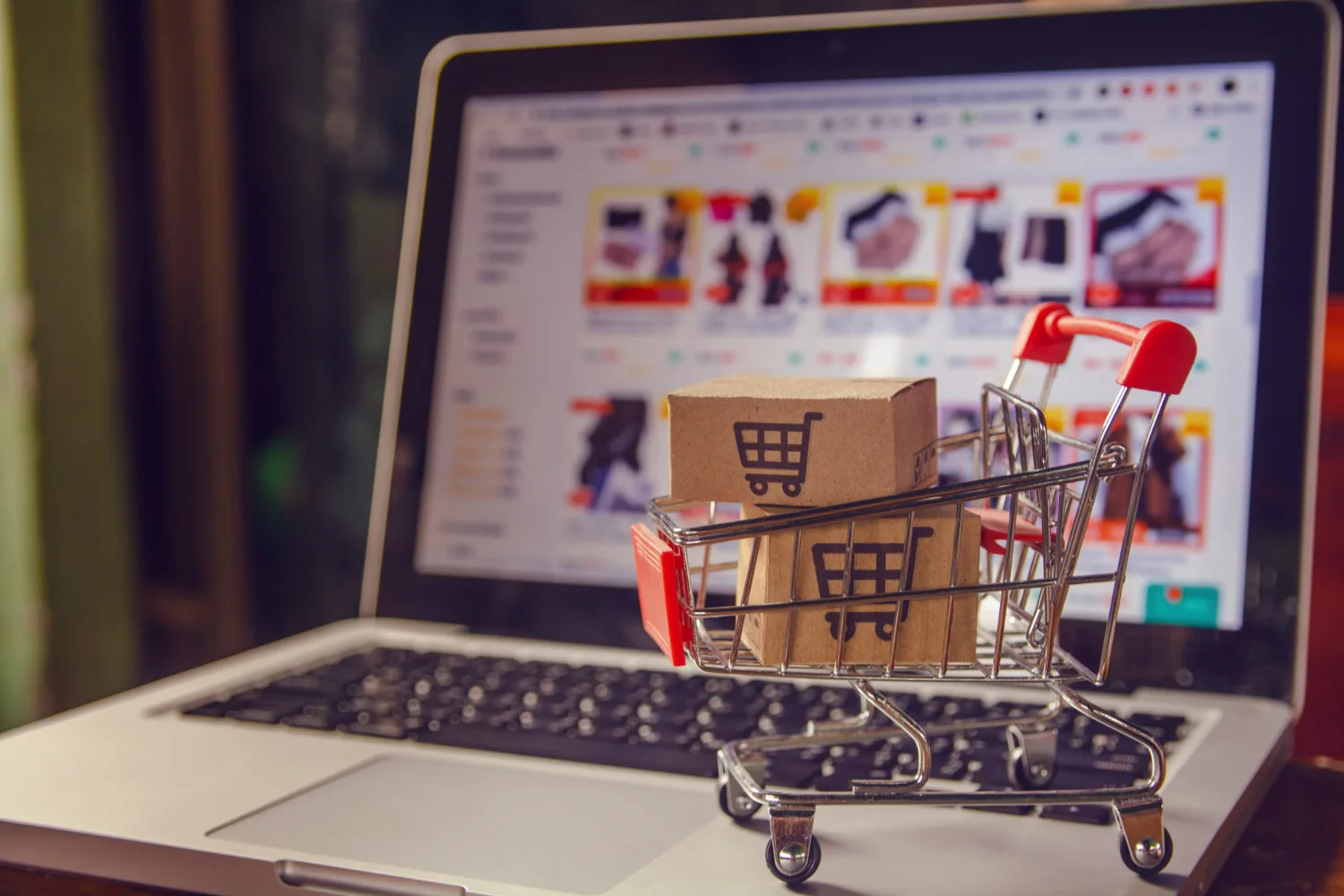Introduction
E-trade has passed through a fast transformation during the last decade, and as we flow into 2025, it indicates no signs and signs of slowing down. With improvements in generation, evolving client expectations, and innovative retail techniques, businesses have to live beforehand of the curve to stay competitive. From AI-pushed automation to immersive shopping for reports, the e-commerce trends of 2025 are set to redefine how purchasers engage with producers.
AI and Automation: The Backbone of E-alternate
Artificial intelligence is at the forefront of virtual change, making online purchasing greater green and customized. AI-powered chatbots and virtual assistants are truly an important part of customer service, assisting companies offer at once responses and pointers. Machine studying is revolutionizing product guidelines, the use of client behavior and picks to create tailor-made purchasing memories. Automation moreover extends to inventory and supply chain management, ensuring that businesses can assume call for and streamline logistics greater efficaciously. The result is a smoother, quicker, and extra attractive consumer adventure, lowering cart abandonment and growing conversions.
The Rise of Voice Commerce and Conversational Shopping
Voice change is rapidly turning into a vital part of the e-trade surroundings. Smart assistants like Alexa and Google Assistant have made it easier than ever for clients to look for products, vicinity orders, and music deliveries using voice commands. The comfort of palms-loose buying is reshaping how consumers have interaction with on-line retailers, and agencies ought to optimize their net sites for voice search to stay visible in this developing trend. Conversational trade is also on the rise, with AI-driven chat capabilities permitting consumers to interact in actual-time, customized interactions, mimicking the revel in of an in-save shop clerk.
Augmented Reality and Virtual Shopping Experiences
One of the most interesting e-trade developments of 2025 is the combination of augmented fact (AR) and digital fact (VR) into online buying. Consumers no longer should bet how a product will look in their houses or on their bodies—AR applications now allow them to visualise objects in real-time earlier than making a purchase. Fashion manufacturers offer virtual try-ons, at the identical time as furnishings and domestic décor stores allow clients to region merchandise of their dwelling regions digitally. VR is likewise growing immersive buying reports, allowing customers to browse digital stores from the comfort of their houses, bringing the bodily shopping for reveling into the virtual world.
Social Commerce: The Power of Social Media in Retail
Social media systems have advanced into effective purchasing channels, with brands leveraging Instagram, TikTok, and Facebook to electricity earnings right now. Consumers are an increasing number of making purchases through social media apps, manners to seamless integrations like shoppable posts and stay shopping events. Influencers play a primary characteristic on this shift, with AI-driven advertising assisting producers pick out the best partnerships. As social exchange keeps developing, organizations ought to broaden strategies that integrate amusement, engagement, and clean buying options to captivate their audience.
Blockchain and Cryptocurrency: The New Age of Secure Transactions
The adoption of the blockchain era is bringing more wonderful protection and transparency to e-trade transactions. Decentralized price techniques and smart contracts are making on line purchases extra stable, decreasing fraud and growing client receive as genuine with. More retailers also are starting to simply accept cryptocurrencies as a possible rate option, allowing international transactions without the constraints of traditional banking systems. As blockchain continues to evolve, its integration into e-trade will streamline operations and provide a safer shopping environment for both organizations and customers.
Sustainability and Ethical Consumerism
Sustainability is no longer an alternative—it is a need in contemporary e-commerce. Consumers are increasingly privy to the environmental effect in their purchases, pushing organizations to adopt greener practices. Eco-first-rate packaging, carbon-impartial transport, and ethically sourced products are becoming modern-day expectations. Brands that display a commitment to sustainability no longer simply lessen their carbon footprint but additionally make more potent purchaser loyalty. In 2025, moral consumerism will pressure buying alternatives, and corporations that fail to comply hazard dropping a vast percentage of the marketplace.
The Omnichannel Revolution: Blending Online and Offline Shopping
Seamless integration amongst online and offline buying reports is a crucial fashion within the destiny of retail. Consumers assume flexibility in how they keep, whether or no longer it’s via cellular apps, net web sites, or physical shops. Strategies like buy-online-choose-up-in-keep (BOPIS) and identical-day shipping are enhancing comfort, even as I-pushed personalization guarantees a regular enjoy throughout more than one touchpoint. Businesses that can efficiently merge their virtual and bodily presence will create stronger purchaser relationships and power prolonged-term success.
Logistics Innovation and Last-Mile Delivery
The name for immediate and green delivery is better than ever, prompting corporations to innovate their logistics strategies. Drone deliveries and autonomous motors are set to revolutionize very last-mile success, making sure quicker and further fee-effective delivery. AI-driven course optimization is also supporting businesses to decrease shipping instances at the same time as decreasing fees. Subscription-based total fashions are on the upward thrust, imparting hyper-custom designed product replenishments that expect client desires. The destiny of e-exchange logistics is all about velocity, performance, and sustainability, ensuring that customers collect their orders in record time without compromising on environmental obligation.
Conclusion
The e-exchange tendencies of 2025 are shaping a destiny wherein era, comfort, and consumer expectancies force the agency in advance. AI and automation are enhancing personalization, voice trade is changing how human beings shop, and AR/VR is revolutionizing product visualization. Social commerce is making structures like Instagram and TikTok key buying destinations, while blockchain and cryptocurrency make certain stable transactions. Sustainability isn’t a style however a want, and omnichannel strategies are creating seamless shopping studies for the duration of all platforms. Logistics improvements are pushing the boundaries of transport velocity and efficiency.
For companies, adapting to these changes isn’t truly an advantage—it’s a demand for survival. The future of e-exchange is dynamic and ever-evolving, and those who include the ones tendencies will thrive inside the competitive digital marketplace of 2025 and beyond





